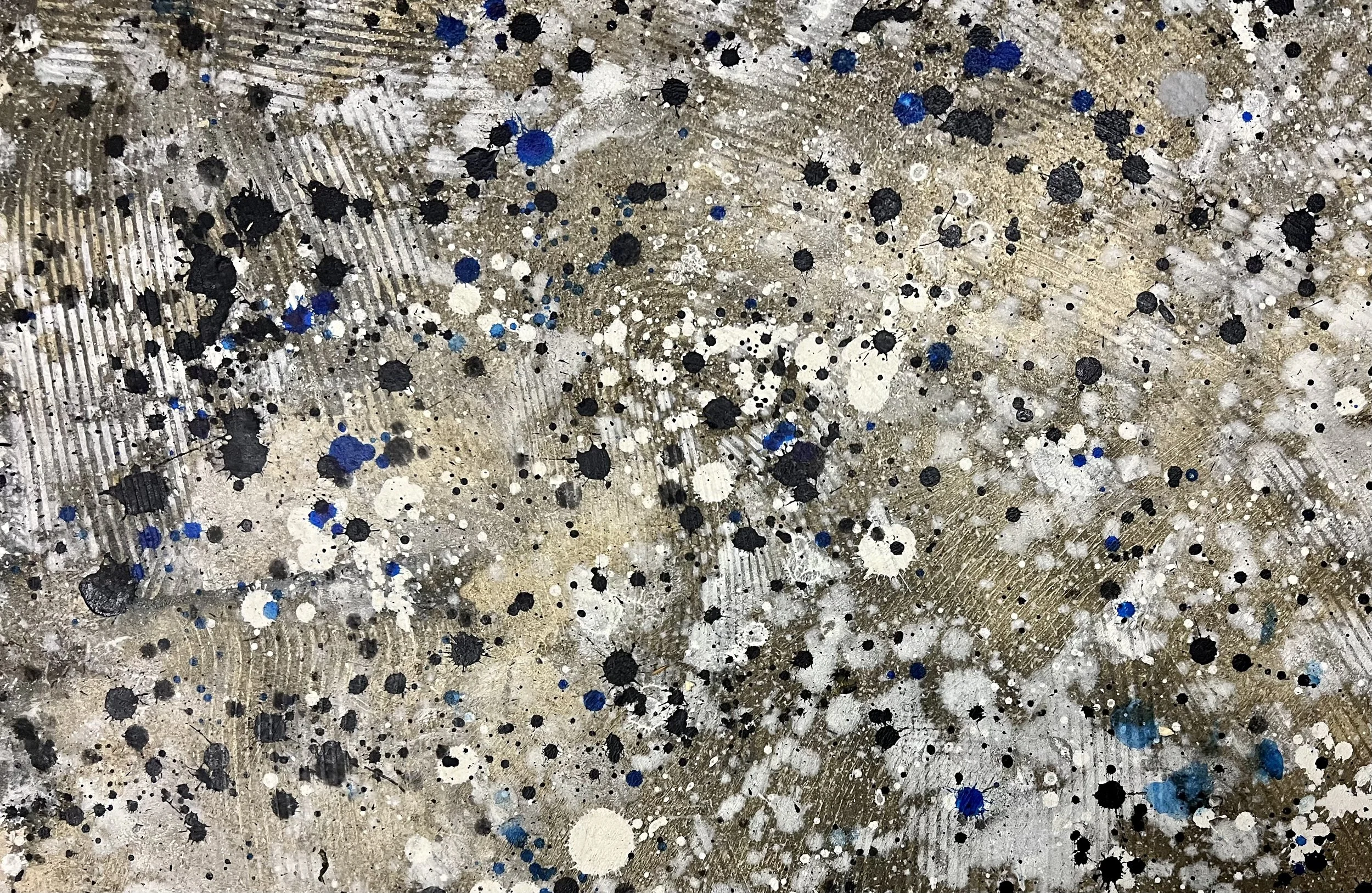Yayoi Kusama: age 90
“One of the most important living artists to come out of Japan.” That is a common sentiment when talking about the legendary and multi-faceted Yayoi Kusama. Kusama, born in 1929, is a Japanese contemporary artist who works primarily in sculpture and installation, but is also just as involved in painting, performance, film, fashion, poetry, fiction, and other arts. Most of her work is based in conceptual art, with some attributes of feminism, minimalism, surrealism, pop art, and abstract expressionism. Her complex work is also often infused with autobiographical, psychological, and sexual content. If anything, Kusama’s art forces the viewer to think deeply about not only a societal/cultural idea, but also how her’s and the viewer’s own aspects of life are paralleled in the pieces of artwork.
Kusama was fortunate enough to study Nihonga painting at the Kyoto Municipal School of Arts and Crafts, however, she became increasingly frustrated with that distinctly Japanese style. Because of her desire for something different, Kusama became interested in the European and American avant-garde staging several solo exhibitions of her paintings in Matsumoto and Tokyo in the 1950s.
Kusama with recent works in Tokyo, 2016
By that time, Kusama was depicting abstracted natural forms in watercolor, gouache, and oil, mostly on paper. She began covering entire surfaces—walls, floors, canvases, household objects, and naked assistants—with the polka dots that would become a trademark of her work. These vast fields of polka dots, or “infinity nets” as she called them, were taken directly from vivid hallucinations that Kusama had experienced since she was ten years old. She described these visions as “flashes of light, auras, or dense fields of dots.” These hallucinations also included flowers that spoke to Kusama and patterns in fabric that she watched come to life, multiplying and engulfing her: a process which she has carried into her artistic career and that she calls “self-obliteration.”
Many art critics and curators believe that Kusama’s works on display are meant to immerse the whole person into her accumulations, obsessions, and repetitions. These infinite, repetitive works were originally meant to keep Kusama’s intrusive thoughts at bay, but she now shares them with the world. Kusama’s mirror exhibits have been described as being able to “transport you to quiet cosmos, to a lonely labyrinth of pulsing light, or to what could be the enveloping innards of a leviathan with the measles” (Claire Voon).
It is clear that Kusama’s work deals with deep, personal thoughts and emotions. Her audience is able to enter into a mindset of either darkness or pure light when experiencing her pieces, an adventure that is completely unique to Kusama and her own mind—which can be looked at as both troubled and utterly free.


